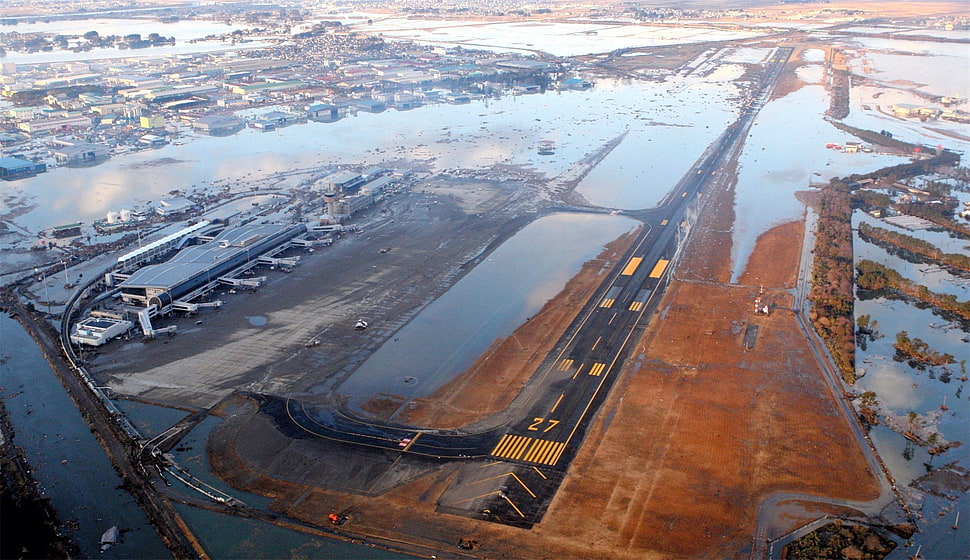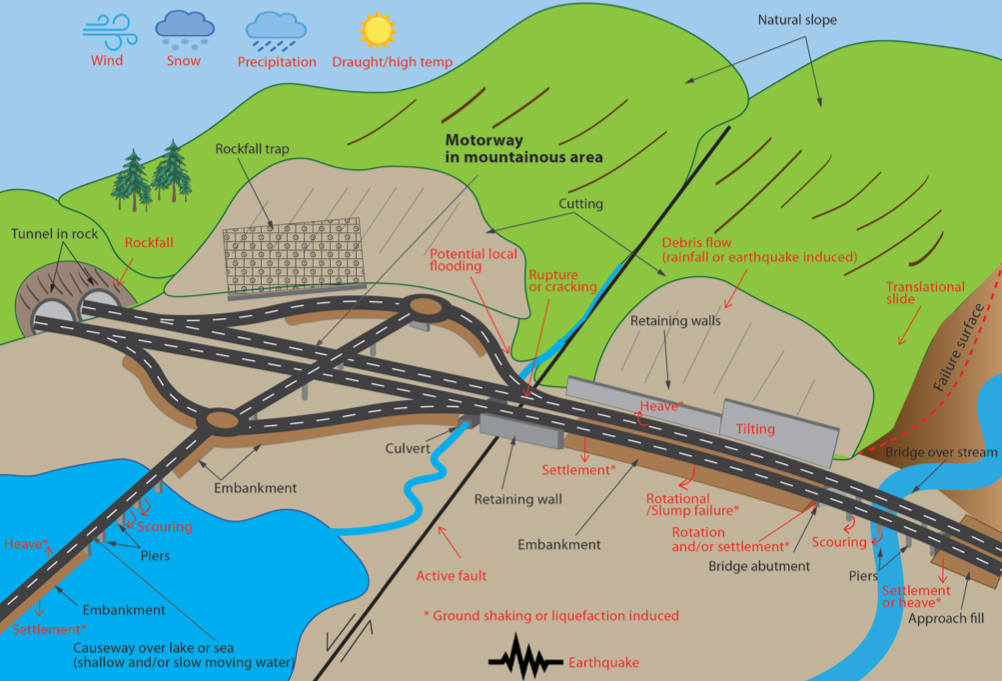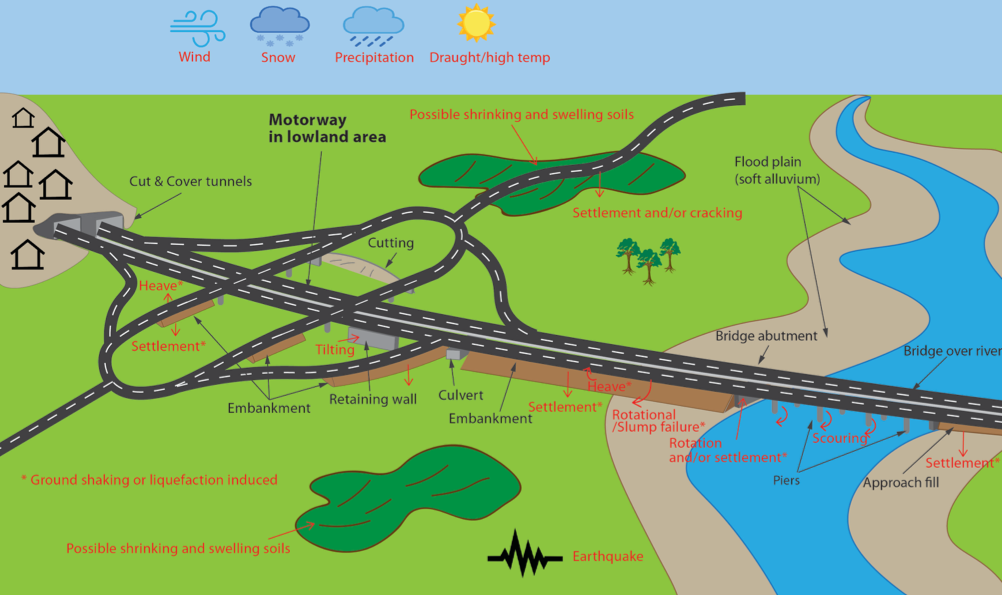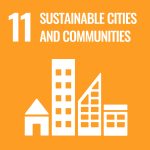SDGs supported:
“The exposure of critical infrastructure to natural and human-induced hazard was proven to have severe consequences on world economies and societies. Therefore, infrastructure owners and operators are increasingly faced with the challenge of delivering resilient infrastructure and mitigating the effects of multiple hazards and climate change effects.”


In response to the above urgent need, we design solutions for multi hazard resilience by:
- rapid risk and resilience assessments accounting for the nature and the sequence of the hazards, the loss of functionality, the recovery strategies and their rapidity, the resources and the associated losses
- providing resilience metrics for infrastructure assets exposed to diverse hazard
- advanced modelling for the vulnerability and resilience assessment of interdependent assets such as Transfer Transit Stations subjected to multiple natural and human-induced hazards

Restoration strategiesfor a sequence ofuncorrelated hazards with damage restoration after the occurrence of the first hazard (left) or with partial (dashed line) or no (continuous line) damage restoration after Haz-1 (right).

Restoration strategies for correlated or uncorrelated hazards of the same nature including sequence of minor damage(s) before the major hazard effect (left) and sequence of a major hazard followed by aftershock(s) of lower intensity (right). (Source: Argyroudis S, Hofer L, Zanini MA, Mitoulis S (2019). Resilience of critical infrastructure for multiple hazards: Case study on a highway bridge. ICONHIC 2019 2nd International Conference on Natural Hazards & Infrastructure, Chania, Greece)

(a)

(b)
Transport infrastructure in diverse ecosystems exposed to multiple hazards: High capacity and speed roads (e.g. motorways) in (a) mountainous areas, (b) lowland areas (Source: Argyroudis S, Mitoulis S, Kaynia A-M, Winter M-G, Fragility of transport assets exposed to multiple hazards: State-of-the-art review toward infrastructural resilience, Reliability Engineering and System Safety2019; 191, 106567)
Major collaborations:
Department of Civil, Environmental and Architectural Engineering ICEA, University of Padova, Italy
Funding received:
H2020-MSCA-IF-2016 | TRANSRISK project
Go to:
vulnerability & risk resilience-based designs integral bridges bearings & isolation monitoring-driven resilience collaborations outreach activities publications



